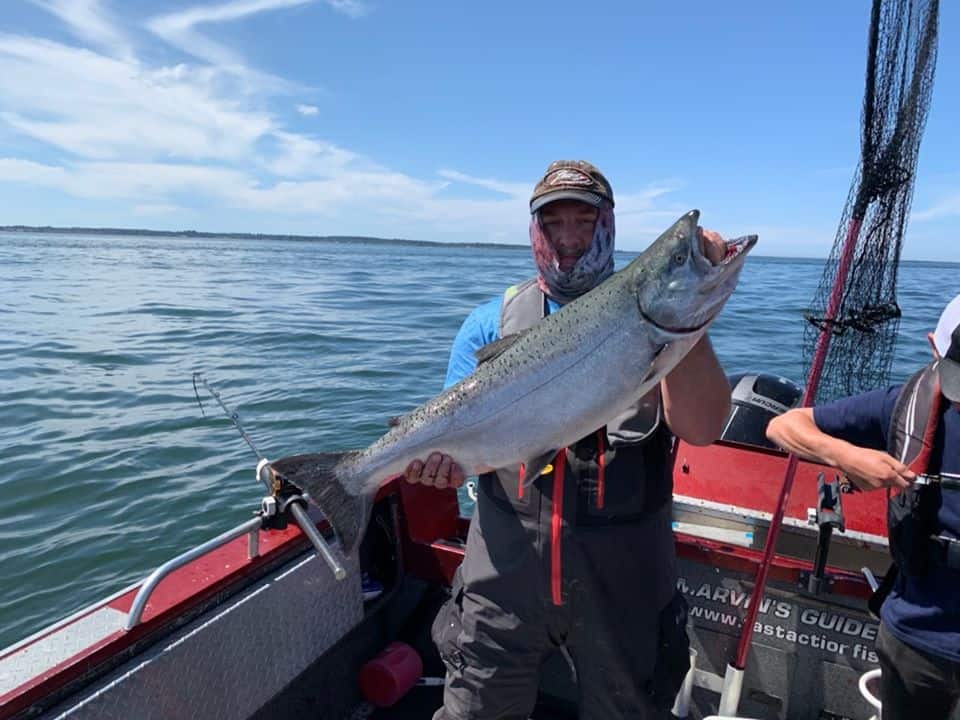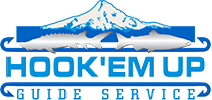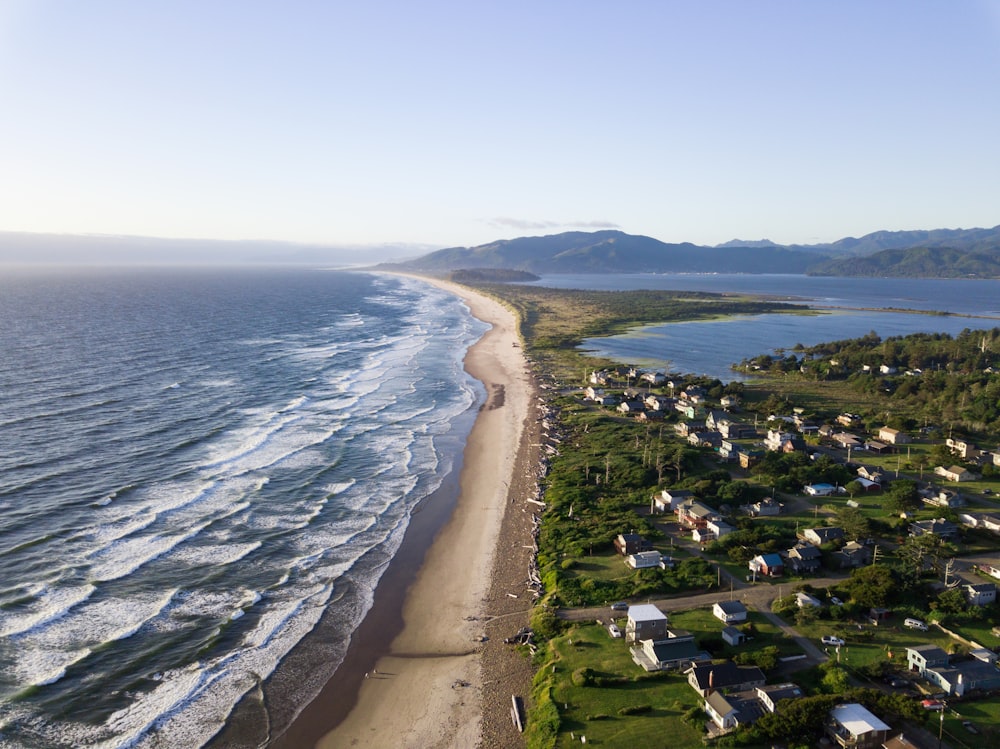Tillamook Bay Fishing Regulations
Are you planning on heading to Tillamook Bay to enjoy all that fishing action? You’re in for a treat, as most of the bays in the Northwest Zone are home to marine perch, rockfish, crabs, clams, and a lot more seasons all year. What’s great about Tillamook Bay is that it’s the state’s second-largest coastal bay and the largest on the north coast, so you can expect a lot of opportunities to catch the big one!
But of course, there are things you need to prepare for before you head to the pristine waters. One thing to consider is how you must be aware of the Tillamook Bay fishing regulations. If you join a fishing charter, the captain and crew are well-versed on the catch limits and species you can keep. However, it’s still worth knowing these rules to avoid hefty penalties, especially if you plan on going yourself.
So, read on to learn all about the basic Tillamook Bay fishing regulations.
Tillamook Bay Fishing Regulations
Understandably, it can get a bit intimidating to learn all about Tillamook Bay fishing regulations. However, it’s crucial to do so to avoid facing penalties and fines. Here’s a quick guide to help you out based on the species you plan to catch:
Salmon

Salmon is one of the most sought-after species in Tillamook Bay, which comes from May to June. During these times, Chinook will start heading towards Tillamook Bay in rivers and basins, while August will welcome Chinook and coho salmon. Salmon fishing seasons and bag limits vary from year to year so you must stay updated on this, but this 2023, expect the open salmon seasons to be:
In the tidewater upstream to Hwy 101 bridges on Kilchis, Miami, Wilson, and Trask Rivers, and Burton Bridge:
- Hatchery spring Chinook salmon inside jetty tips: January 1 to July 31
- Fall Chinook salmon: August 1 to December 31, with the North Coast Wild Chinook Aggregate Bag Limit applying
Above Burton Bridge:
- Hatchery spring Chinook salmon inside jetty tips: May 22 to July 31
- Fall Chinook salmon: August 1 to December 31, with the North Coast Wild Chinook Aggregate Bag Limit applying
If there is a tributary not listed, that means the fishing season is closed. Moreover, angling will be restricted to artificial flies and lures in streams above tidewater from May 22 to August 31.
There may be a rare opportunity to fish for chum salmon in September but do note that these are catch-and-release fish only.
If you plan to catch jack salmon, there is a bag limit of 5 jack salmon per day with 2 daily jack salmon limits in possession.
Steelhead

Also called rainbow trout, these fish are divided into two runs: Winter and summer. Winter steelhead will begin heading towards area rivers and streams in November and December, depending on fall rains. The runs can continue until April.
As for summer steelhead, they will return in early April to June, continuing through late summer to early fall. Sometimes they overlap with winter steelhead!
- In Tillamook Bay, the hatchery steelhead season is open all year long. In Tillamook River above Burton Bridge, the fishing seasons are from January 1 to March 31, then again on May 22 to December 31.
Salmon and steelhead have similar bag limits. In the aggregate, you can only catch 2 adult salmon or steelhead per day and 20 per year, except for jack salmon as stated above.
Trout

Trout live in coastal rivers and streams and while small, they are fun to catch! You can find them available to catch from February to May and October. In lakes, they are open to fish all year long, while in streams (including bays and tidewaters), they are open from May 22 to October 31.
Do note that there is a bag limit of 5 trout per day in lakes, with 3 daily limits in possession. As for streams, there is a limit of 2 per day with 3 daily limits in possession. There isn’t a limit on the size or number of brook and brown trout when caught in streams.
As for size limits, the minimum length is eight inches, and you can only keep 1 trout measuring over 20 inches per day.
In streams, rainbow trout measuring over 16 inches are considered steelhead. Salmon under 15 inches are considered trout with the exception of coho salmon, which will always be considered salmon.
Sturgeon
These are huge monster fish that you’ll be proud to catch!
These fish are considered catch-and-release only. If you catch one, they must be released immediately unharmed. If the sturgeon measures more than 54 inches in fork length, it must not be removed totally or in part from the water. Also, you can use only one single-point barbless hook when catching sturgeon.
They are open to catch during salmon, trout, and steelhead seasons, so you can try your luck to target and reel one in for a quick picture.
Other Species
For other species like bluegill, catfish, crappie, walleye, yellow perch, striped bass, and other nongame fish, there is no limit or minimum length. They are also open to catching in lakes all year round. In streams, they are open during trout, steelhead, and salmon seasons.
Wrapping It Up

Tillamook Bay is home to salmon, lingcod, perch, clams, and crabs. You can get the best opportunities to catch them all almost year-round. However, the state does have strict Tillamook Bay fishing regulations to maintain the fish population, so make sure you’re always updated with any rule changes.
Sometimes, the ODFW may impose temporary rules before and after seasons, such as limited harvests for certain seasons. Some species may be banned or impose limited retentions of specific species.
With these rules in mind, prepare for your trip accordingly and make sure you are a responsible, sustainable angler. And if you’re looking for a fishing charter to join with well-versed captains and crews, contact us now to learn more!

